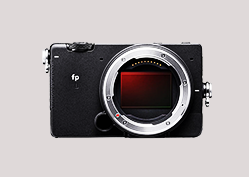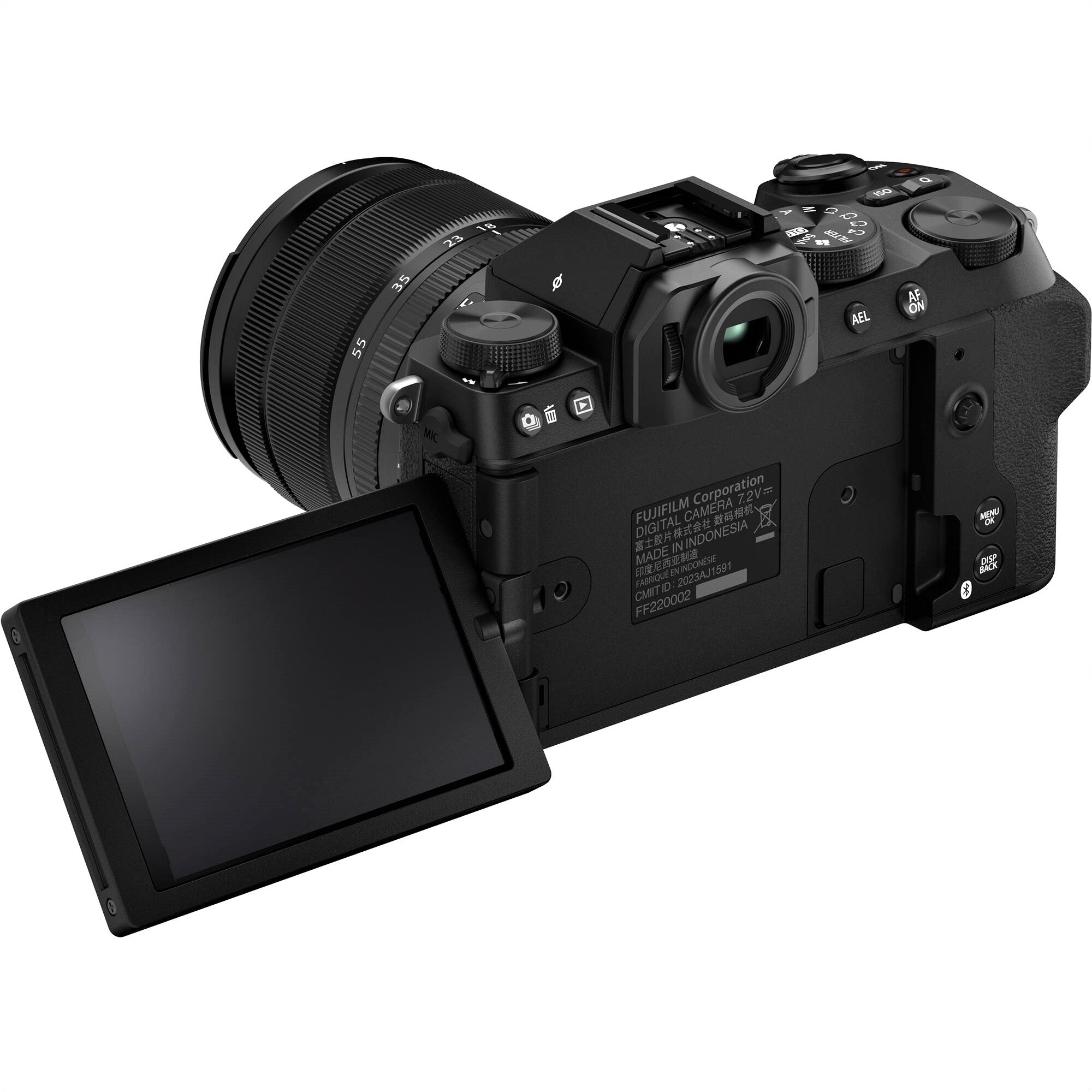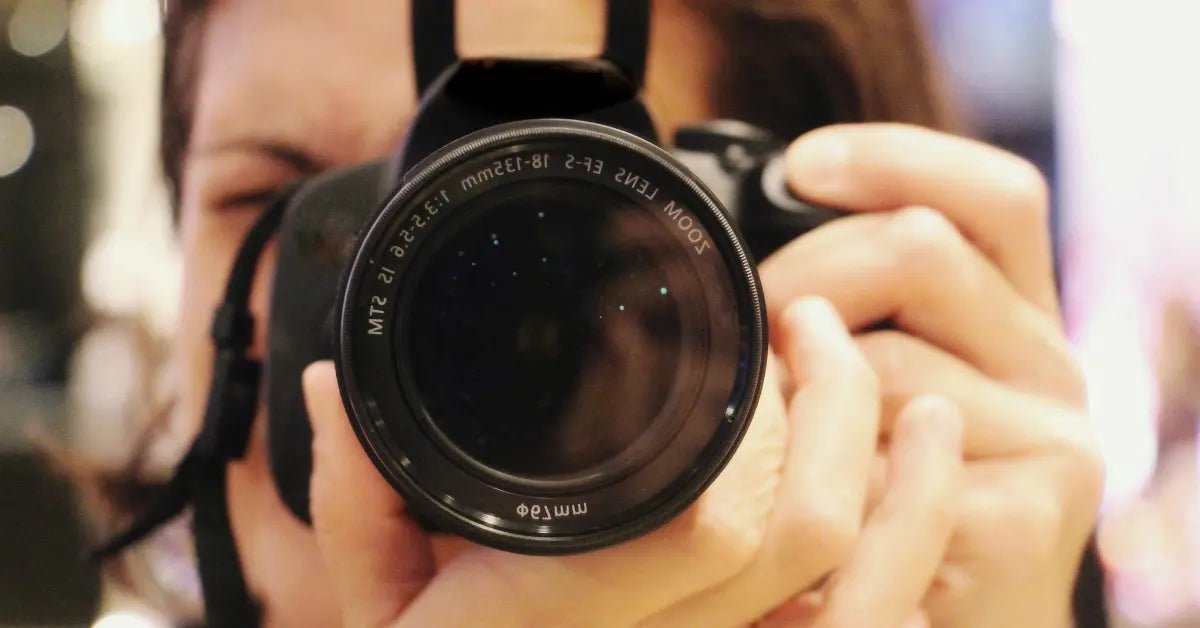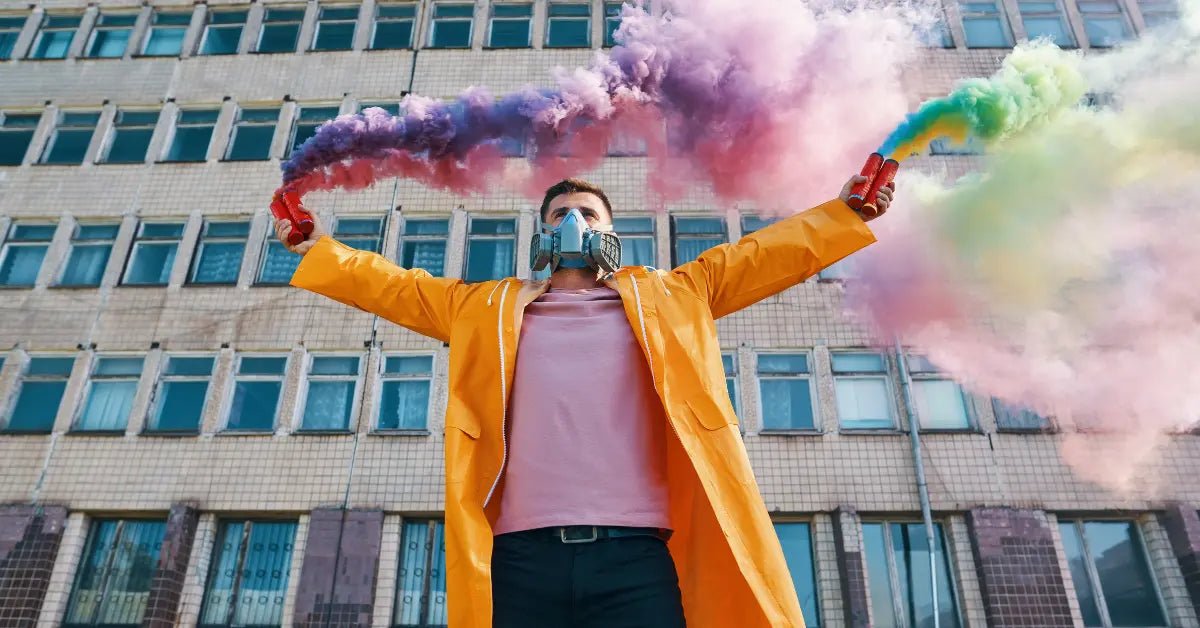Introduction to Portrait Photography
Portrait photography is a simple yet profound art form. It captures people's essence. More than just faces, it reveals moods and personalities. Each photo tells a story, showing more than we see at first glance.
Photographers connect us to their subjects. They use light, backdrops, and poses to highlight key features. This connection feels like a glimpse into the subject's soul.
Settings also matter a lot. Studio shots are controlled; every detail is planned. Outside, things are more natural and spontaneous. Both settings bring different moods and meanings to the photos.
This art form freezes human emotions and moments. It's not just about capturing what we see; it's about telling a story. Each photo invites us to look deeper and feel what's depicted, making portrait photography a powerful storytelling tool.
The Essence and Emotional Depth
Portrait photography is more than just taking pictures. It's about creating deep connections. This connection happens between the subject, the photographer, and the audience.
When we look at a photo, it feels like we're connecting too. The key is the subject’s eyes. They show us their feelings and experiences.
Facial expressions are also important. They tell us stories without words. The setting matters too. Photographers use light, shadows, and backgrounds to set the tone and enhance the mood. This makes the photo not just a face, but a window into an emotional world.
By capturing these moments and expressions, portrait photographers do something special. They let us see and feel stories. They make fleeting moments last forever. They turn ordinary scenes into memories that stick with us. Through their cameras, we see into the depths of what it means to be human.
History of Portrait Photography

The Evolution from Paint to Pixels
Portrait photography began in the early 1800s. It was quicker and cheaper than painted portraits, which were only for the rich. The daguerreotype, created by Louis Daguerre, changed everything, allowing ordinary people to have their photos taken quickly.
Early influencers in portrait photography included Nadar (Gaspard-Félix Tournachon) and Julia Margaret Cameron. Nadar was known for capturing his subjects' personalities with unique lighting and poses.
Cameron, a rare female photographer in the Victorian era, used soft focus and dramatic lighting to explore her subjects’ deeper emotions, breaking away from traditional styles.
As technology improved, so did portrait photography. Moving from chemical processes to digital has made photography more accessible and creative. Photographers now tweak images in various ways, telling complex stories about identity, society, and humanity.
Digital photography is now global, thanks to social media. These platforms are like modern galleries, displaying faces from around the world. This has broadened perspectives on beauty and storytelling, pushing photographers to try new, culturally diverse approaches.
Today, portrait photography is not just about capturing faces but also about telling stories. It reflects and shapes our understanding of identities and cultures, connecting photographers and viewers to the broader human story.
Influence of Famous Portrait Photographers
Portrait photography is a fascinating art. Many great photographers have shaped its history. Richard Avedon is especially notable. He created dynamic, engaging photos. Avedon captured more than just good looks. He looked deeply into the lives and emotions of his subjects.
His photos do more than show faces. They tell stories of identity and struggle. Each picture by Avedon is a narrative. They remain influential and inspiring today. Avedon showed that a photo could capture both seen and unseen qualities. He proved it's a deep form of art.
His legacy shows photography’s power to explore and express human nature.
Techniques That Define the Genre
In portrait photography, mastering the technique is essential not just for the visual appeal but also for the story you want to convey. Here's a deeper look into the critical elements that make a portrait stand out:
- Lighting: This is all about mood. Soft lighting can make everything feel calm and dreamy, hiding flaws and creating a gentle vibe. But if you want drama, go for harsh lighting. It sharpens features and builds a strong, emotional atmosphere. Playing with light lets you guide the viewer's eye and set the whole tone for the photo.
- Composition: This is how you start to tell your story. Everything from the background to how your subject stands or looks at the camera plays a part. A close-up might feel intimate, while a wider shot shows the person in their environment. Think about things like the rule of thirds or how lines in your shot can lead the eye. These choices tug at the viewer's emotions and help them feel something special about the image.
- Lens and Equipment: Your lens can really shape what the viewer sees. A wide-angle lens can exaggerate things, which is great for creativity or showing off a space. A telephoto lens, on the other hand, flattens things out, which can be super flattering for your subject. It helps focus on the depth and can even make the background blur out a bit, making your subject stand out more.
Master these, and you're not just taking photos. You're making viewers feel something. You're telling stories. You're capturing moments that invite people to look deeper and understand what’s being conveyed, all through the art of photography.
Each decision, from how you light your subject to the lens you pick, crafts the narrative and explores human expressions and interactions beautifully.
Types of Portrait Photography

Portrait photography includes a range of styles and approaches, each suited to different artistic and practical objectives.
Traditional Portraits
Portrait photography is an art. It focuses on capturing people who are directly interacting with the camera. This style is all about careful planning. Every detail, like lighting and background, is planned to make the subject look their best and set a certain mood.
For example, lighting can vary. It might be soft to create a warm, welcoming effect, or it could be sharp, highlighting features and adding depth through shadows.
Backgrounds are chosen to match the subject’s outfit or to add to the story the portrait aims to tell. This all helps make each photo visually stunning and uniquely meaningful, turning traditional portrait photography into a powerful way for artists to express themselves.
Formal and Informal Settings
Portraits have their own charm, whether taken in a studio or outside. Inside, everything is set just right – from lighting to backdrops, creating images that are clean and classic. Every small facial detail stands out, adding to the portrait’s polished feel.
Outside, it's a different game. The lighting and backdrop shift with the day and weather, making every photo unique. This setting allows for natural, candid shots that capture genuine moments and expressions. These images are vibrant, filled with the spontaneity and rawness that studio settings often miss.
They tell a story, not just of the person but also of the setting around them.
Both studio and outdoor settings offer unique ways to capture images, fulfilling the photographer's artistic vision and catering to what the viewer likes. This adaptability is what makes portrait photography a blend of art and skill, cherished by those who see the depth in these visual tales.
Environmental Portraits
Environmental portrait photography captures people in their own spaces. These photos are different from regular portraits. They show people where they live or work, like a painter in a messy studio or a biologist in a quiet rainforest.
This style tells more about a person. For example, a photo of a chef in a busy kitchen shows their hard work. This says more than a simple photo of their face.
These portraits tell stories. They use the setting, objects around the person, and lighting to add meaning. They show who people are, what they do, and why. This gives us a closer look at their lives.
Capturing the Essence of the Subject
When writing about unique individuals, it's effective to dive into their surroundings. Take a craftsman, for instance. Picture his workshop: wood shavings everywhere, tools neatly lined up. Every worn tool handle and organized corner says something about him—his years of work, his careful personality.
Now, think about a musician. Imagine their creative space, maybe a dimly lit room still echoing with melodies, or a lively backstage right before a show. These aren't just backgrounds; they bring the photos to life.
They let us peek into the artists' worlds, showing off their passion and hard work. This way, not only does the content look better, it feels more real and engaging.
Why Would You Use Portrait Photography?

Portrait photography is more than just taking pictures. It celebrates human diversity and tells deep stories. This type of photography explores who people really are. It captures their expressions, emotions, and experiences.
Photographers use their cameras to show how people feel and their cultural backgrounds. They can make important social or cultural points.
Each portrait shows more than just a person. It reflects the time, the social mood, and hidden stories that affect how we see identity and community. By capturing details like a wrinkle or a smirk, portrait photographers give us a closer look at the subject's life.
This genre also tackles social norms and gives a voice to those often ignored. By carefully choosing how to shoot and show people, photographers can address inequality, honor cultural histories, and push for social change.
Portrait photography isn't just about how people look. It's about connecting with the wider human story to spark thought, stir feelings, and drive action.
Personal and Professional Use
Portrait photography is more than just taking pictures. It's a way to express oneself and enhance personal or professional branding. Each photo shows a glimpse of the subject's character or marks important life events.
It captures everything from the happiness of family gatherings and the sophistication of business headshots, to the intensity of artistic performances.
This type of photography also gives people power over their image. It's not merely about looking good. It's about deciding how to showcase one's identity, beliefs, and goals visually. Portrait photos are essential for telling personal and professional stories, whether they appear on social media, business sites, or in personal collections.
Creative Approaches in Portrait Photography

Experimenting with Light and Shadow
Lighting tricks can make a simple portrait pop. Think of high-key lighting. It brightens everything up. This type is huge in beauty shots, helping to smooth out the look by drowning the subject in light. It reduces shadows and shows off little details. It makes the subject look pure and open.
Low-key lighting is the opposite. It’s all about deep shadows and just a bit of light. It's great for creating a mysterious vibe. Most of the scene stays dark, which makes you focus on the lit parts. It feels moody and intense. Great for telling stories, it uses shadows to pull you in and make you wonder about the darker parts.
High-key and low-key lighting both do a lot for photographers. They shape how we see and feel about a photo. Knowing these tricks lets photographers add not just beauty but meaning to their work, turning each photo into something special.
Harnessing Natural Light
Natural light changes a lot. It offers photographers different ways to see things. Think about the warm, golden light at sunrise and sunset. It can make portraits look magical. Then, there’s the bright midday light. It’s perfect for showing off the small details in landscapes.
To really get good at using natural light, you need to know the best times to shoot. You also need to learn where to place your subject. This is all about understanding how light can change the mood in your photos. For example, morning light can feel gentle, while noon light is much stronger.
Every kind of light gives you a chance to take amazing pictures. By getting better at using natural light, your photos will have more depth and feel more real. This makes your work stand out, giving it a strong sense of place and emotion.
The Role of Color and Monochrome
Color matters a lot in portrait photography. It's not just pretty; it changes how we feel about a photo. Warm colors like reds, oranges, and yellows make us feel cozy and lively, like we're basking in the sunset. Cool colors such as blues and greens bring calm or a touch of sadness, like a quiet, rainy afternoon.
Then there's black and white. Taking away color focuses us on textures, shapes, and how light plays in the photo. It simplifies things, showing the real emotions and small details in someone's face or stance. Black and white photos feel timeless and make us think deeper about the person in them, not just the scene or the colors.
Using color or taking it away, photographers tell stories that hit us differently, making us feel and think more deeply about what we're seeing. This isn't just about making pictures look good; it's about making them feel meaningful.
Choosing Between Color and Black and White
Choosing between color and black-and-white photography isn't just about looks. It's a big decision that really changes how we feel when we look at a picture. Black-and-white shots have a classic vibe. They cut out color distractions, focusing on raw feelings and expressions. This style zeroes in on the mood and character details, which makes us see the depth in people's expressions more clearly.
Color shots, though, show life as we see it. They catch every color of the scene, setting the mood and showing the time of day. This makes the picture feel real and immediate. Color can connect us to the photo by evoking memories or feelings.
Knowing these differences helps both photographers and viewers understand the emotional impact of their choices. Whether it's a story to be told or a feeling to be shared, the choice between black and white or color shapes our emotional response to the image.
This choice isn't just technical; it's a key part of the art that affects how we see and feel about a picture.
Impact of Composition and Framing

Mastering the Art of Composition
Portrait photography is more than just snapping a picture. It involves placing your subject right in the frame. This requires a sharp eye for details, like how the background supports your main subject. You have to manage the space around them well. Also, arrange everything in the photo to look nice together.
Good composition in photography does a lot. It helps guide the viewer’s eye around the photo. This makes them focus on important parts, like where expressions are strongest or action is happening. This setup highlights the deeper emotions and themes of the photo.
It turns a simple picture into a story. By using lines, colors, and light in clever ways, the photographer creates an image with real depth. Each photo tells a unique story about the person in it.
Innovative Framing Techniques
Exploring portrait photography with new framing techniques can turn a regular shot into something extraordinary. Here's how you can spice up your portrait game:
- Shooting Through Stuff: Try putting something like a lace curtain or a rain-streaked window between your camera and the person. It gives your photos a cool texture and a kind of dreamy vibe that can make your portraits pop with emotion and mystery.
- Playing with Reflections: Using reflections is a great trick. Think mirrors, water, or shiny metal to mess around with doubling what's in your shot. It makes everything look a bit more magical and can tell you more about the place or the person you're photographing.
- Adding Buildings into the Mix: Buildings aren’t just backgrounds; they can shape your photo. A curved archway or straight lines of a skyscraper can draw eyes right where you want them. It’s all about using what’s around you to frame your subject in an interesting way.
These techniques aren’t just about snapping pictures; they’re about creating stories with your camera. By trying out these ideas, you can really make your portraits stand out as more than just images—they become stories.
Portrait Photography Ideas

Generating fresh and engaging portrait photography ideas can keep your work innovative and exciting. Here are some creative concepts and settings that can inspire your next portrait session:
Thematic Portraits
Creating a theme for a portrait session is more than just picking backdrops and clothes. It's about bringing depth and feeling into each photo. Here’s how you can make your themed portraits stand out:
- Start with the Story: Themes are not just about looks; they embody stories, emotions, or specific atmospheres. For instance, a ‘vintage’ theme might bring back the 1920s romance. Think old-school outfits and classic props that speak of eternal charm.
- Pick the Right Place: Where you shoot matters. A freedom-themed photo might need vast fields, while a city tale fits best in bustling streets. The right spot enhances your theme, giving it layers beyond just the looks.
- Choose Props and Clothes Wisely: Everything in your shoot should match your theme. In a movie-like setting, props are as crucial as a movie script, adding to the world you’re creating. Clothes are key too—they need to look real, not just like costumes.
- Set the Mood with Colors: Colors shape feelings and tell their own tales. Maybe cool blues and greys for sadness or calm, or perhaps bright reds and oranges for a feel of warmth and zest. A thoughtful color scheme binds everything in your theme.
- Light it Right: Lighting sets the mood. Soft, gentle light can add a touch of romance or nostalgia. Bold, stark light might bring out the drama or edge in your theme.
By treating a portrait session as a full story, not just a photoshoot, you turn simple images into lasting narratives. This not only boosts the visual allure but also makes your portraits more profound and unforgettable.
Conceptual and Artistic Portraits
Conceptual portraits go beyond just showing someone's face. They mix in deep meanings and stories. These aren't just snapshots; they are carefully put together to spark emotions and thoughts. Each portrait tells a story or represents something bigger.
Making one of these portraits is quite detailed. It's not just about picking a backdrop or the right lights. Artists really think about everything, from the props that might mean something special to costumes that catch the eye, even building whole scenes from scratch. Every part has a reason, all aimed at sharing a certain message.
Also, editing is key. With modern digital tools, artists tweak the final image to get just the right feel. They adjust colors, add effects, and change textures to make everything pop just right.
For those who look at these portraits, there's more to do than just look. They're meant to make you think and feel, diving into the story or idea woven into the image. It's this depth that makes conceptual portraits more than just photos; they are a bridge between art and storytelling, really pulling viewers into a rich, thought-provoking experience.
By pulling viewers into a deeper engagement with the art, conceptual portraits carve out a special niche in photography. They create a space where the photographer's creativity meets the viewer's imagination, turning each portrait into a canvas of expression.
Famous Portrait Photographers and Their Techniques
Studying the work of famous portrait photographers like Irving Penn, known for his minimalist compositions and meticulous attention to detail, can provide valuable insights into effective portrait techniques. Penn's ability to capture his subjects with such clarity and simplicity has made his work a standard in the genre of portrait photography.
Learning from Masters
Reviewing the portfolios of famous photographers offers valuable lessons. Take the collections at MoMA, for instance. Here, you can trace the evolution of portrait photography. From its early beginnings to its current styles, these examples can spark new techniques and artistic ideas.
Portrait photography is more than just taking pictures. It's an art. Photographers use creative lighting and careful composition to turn simple shots into compelling portraits. These images resonate with viewers, often deeply. The use of natural light is key, but so are thematic elements. Together, they open endless possibilities for creative expression.
Reflecting on Portrait Photography
Portrait photography is more than just taking pictures. It captures the essence of emotions and individuality. This art form requires a deep understanding of mood and character. Photographers in this field do more than just photograph faces. They create scenes that tell stories, evoke emotions, and connect with viewers deeply.
Lighting plays a key role in portrait photography. It helps shape the story by emphasizing features and setting the mood. Composition is also crucial. Techniques like the rule of thirds or using negative space help each element in the frame contribute to the story.
Backgrounds, props, and clothing also add depth to the images. These elements hint at the subject's personality and background, making the photograph not just seen, but felt.
Through careful selection of these elements, portrait photographers create more than just images. They invite us into a more personal world, turning fleeting moments into lasting memories.
Summarizing Key Points
- Emotional Connection: The essence of portrait photography lies in its ability to convey the emotions and personality of the subject, making the viewer feel a deep connection to the photograph.
- Technical Mastery: From lighting techniques that range from high-key to low-key, to the use of color and monochrome, mastering the technical aspects of photography allows for greater artistic expression and impact.
- Creative Composition: Innovative framing and thoughtful composition are crucial in directing the viewer's attention and enhancing the storytelling aspect of the portrait.
- Inspirational Ideas: Drawing inspiration from thematic concepts or the work of famous portrait photographers can inject creativity and new life into your portrait sessions.
Concluding Thoughts
Portrait photography is both art and personal story. Each photo captures the essence of its subject, freezing a moment in their life. Whether you're new or experienced, this field promises endless chances for improvement, creativity, and forming connections.
Are you interested in portrait photography? Maybe you want professional shots for your profile? Check out our website!
You'll find inspiration and resources. Or book a session to tell your story through our lenses. See how portrait photography captures you authentically.
Visit Nuzira! Let's make lasting impressions together.






